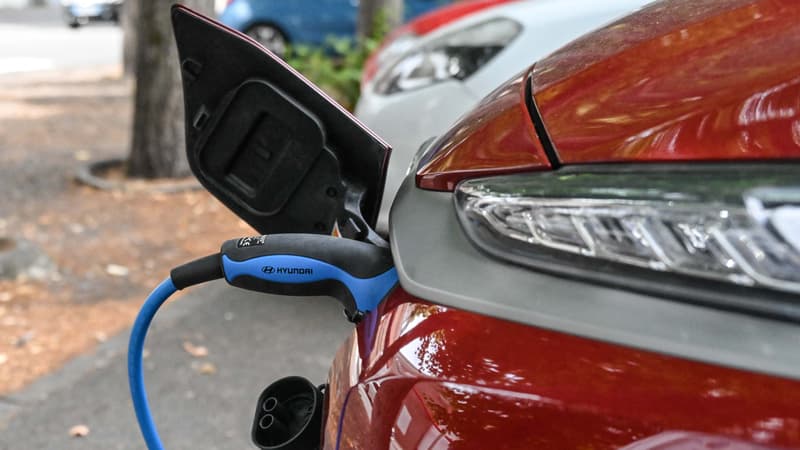The target was originally set at the end of 2022, then pushed back to the end of 2021. It should finally be reached by April 2023. Avere (the association for the promotion of electric vehicles) estimates that 100,000 charging stations should be in service by the end of month in France.
Although the initial date for meeting this goal has been slightly postponed, the installation of terminals has clearly accelerated in recent months. At the end of March, 95,755 charging points were officially in service, 66% more than a year ago. In the first quarter, nearly 12,000 charging points were put into service.
These regions with more terminals:
1. Île-de-France: 17,451 charging points
2. Auvergne-Rhône-Alpes: 11,491 charging points
3. Occitania: 9,276 charging points
regulatory incentives
This acceleration naturally follows the market for electric cars: in the first quarter, 15.4% of new car registrations were electric cars.
Some regulatory incentives have also pushed this increase in installations. Highway areas, for example, have been required since the beginning of January to be equipped with ultra-fast charging points, that is, 100 to 150 kilowatt terminals capable of recharging batteries in 15 to 30 minutes. The roads are a bit behind, Avere explains. Today, only 80% of them are equipped. They should all be equipped by the end of September.
Totalenergies, EDF and Engie in the race
To support this move, manufacturers are on the offensive. All the major energy players have seen and turned around electricity. Totalenergies, EDF and Engie have their electric charging stations and many pure players have also entered the market. A market that, if it is difficult to measure today, has enormous potential.
The European Commission recommends a ratio of 10 electric cars per charging station. According to Avere, this ratio is respected in France with 1.2 million electric or hybrid cars for (soon) 100,000 charging points. A figure that will continue to rise: the roadmap to follow to maintain this ratio is to reach 480,000 terminals in 2030.
Where are the terminals:
39% in shops (37,460)
34% in car parks (32,530)
22% on the road (20,593)
5% in companies (4585)
Less than 1% elsewhere (408)
Source: BFM TV


